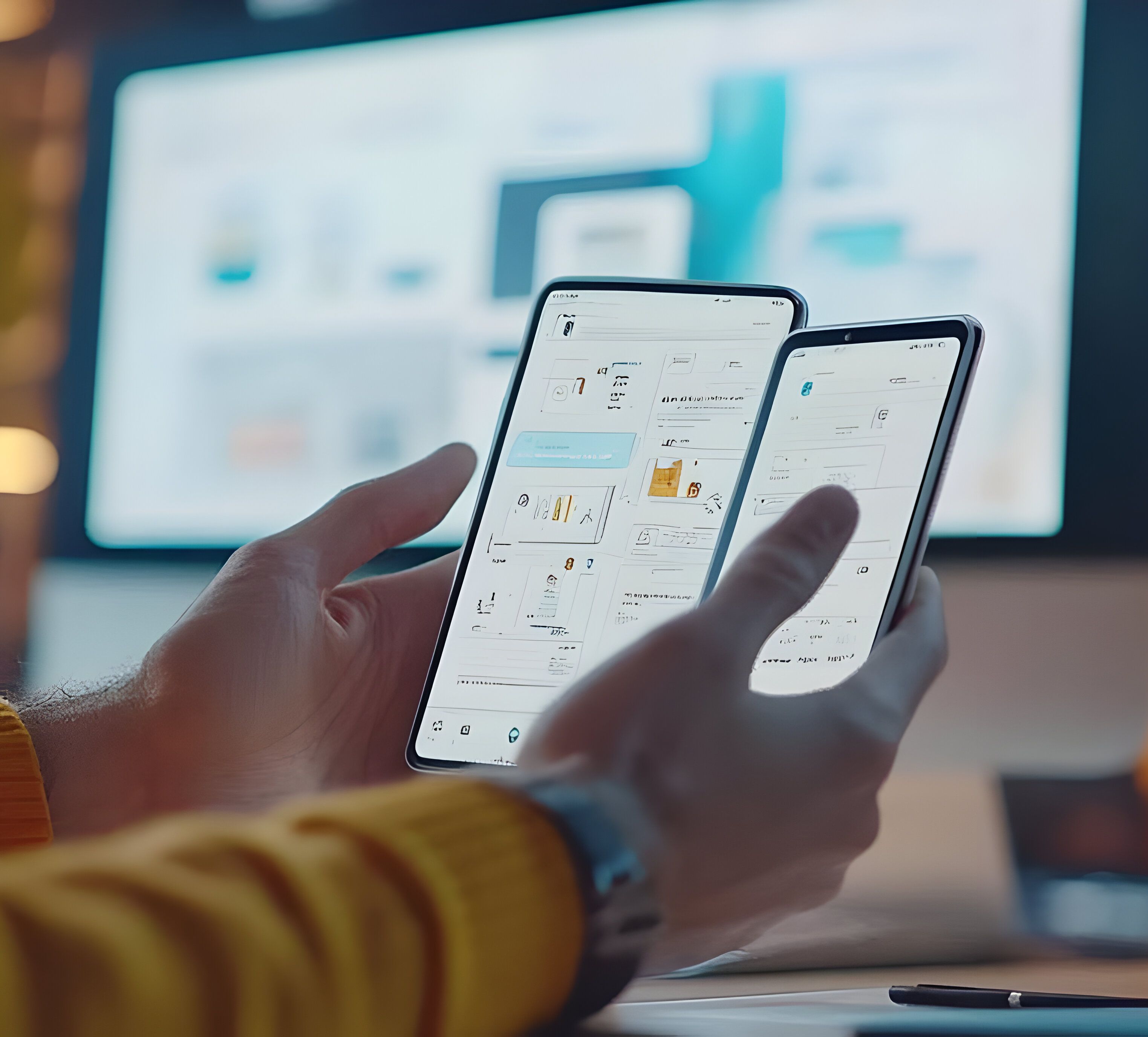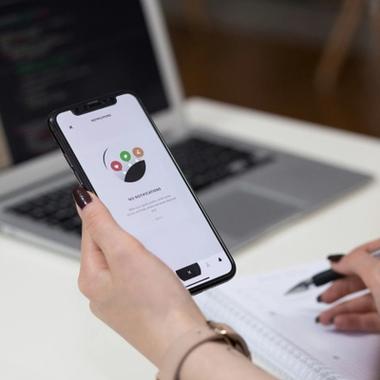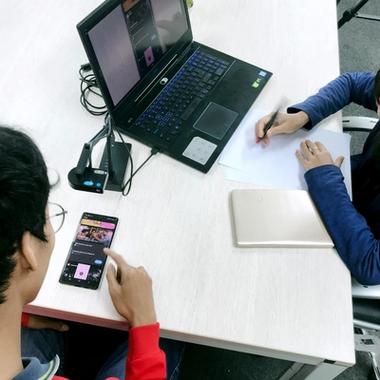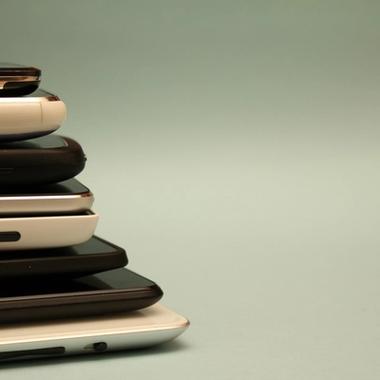When you’re building an app, testing can sometimes feel like a final tick-box before launch, a “we’ll deal with that later” moment. But in reality, testing early and often is one of the biggest time and cost savers in the entire development process.
At The Distance, our testing team plays a crucial role from the very start of a project, working alongside our analysts, designers, and developers to make sure every decision we make leads to a reliable, high-quality product. Here’s what that looks like, and why it matters so much.




